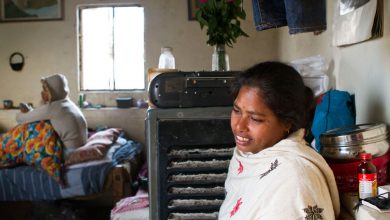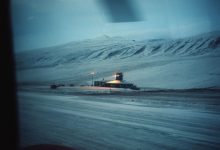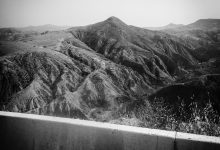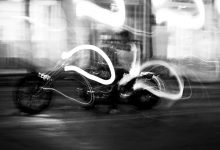I’m an atheist. Currently, I reside in Bilpar (বিলপার), Sylhet, Bangladesh.
Many say Bangladesh is a secular country, but I agree to disagree. Bangladesh is not a secular country. The main public law agency in Bangladesh is police, and to say that they are morally corrupt is an understatement. The state of the law agencies in Bangladesh is like two dogs going in opposite direction with their tails tied together.
My father, who is a Muslim, asked the police to take me to a mental hospital because of my atheism, and the police complied by putting me in there. The same police force where I filed a general diary for death threats and domestic abuse.
I was put in a mental hospital twice. Once in 2017 and again in 2022. The first one was in a hospital called Zamans Clinic & Hospital in Dhaka for two weeks and later in Shahjalal Mental Health And Research Center in Sylhet for four months. They tortured, abused, and forced me to take medications that destabilized me. My human rights denied. The things they do there in the name of mental health and rehabilitation are inhumane. They forced me to recite the words of the Quran, which is an Islamic book.
This goes against the constitution of Bangladesh. Article 41 (a) which states “Every citizen has the right to profess, practice or propagate any religion”. Not only did they force me to pray and recite Quranic verses, they tied me to a bed and tortured me physically when I declined to pray and recite.
When I told them I’m an adult and I have the right to profess my religion or no religion at all, they said “You are a son of a Muslim, you must pray and be a Muslim. “What if I were the son of an atheist, or Christian, Buddhist or a Hindu or so many religions out there? What would their answer be, then? An answer in a similar context? No free-willed or independent person can belong in a country where society operates like this.
A series of slaughter of atheist bloggers and free thinkers took place during the last few decades in Bangladesh. All that blood spilled can paint everything in red.
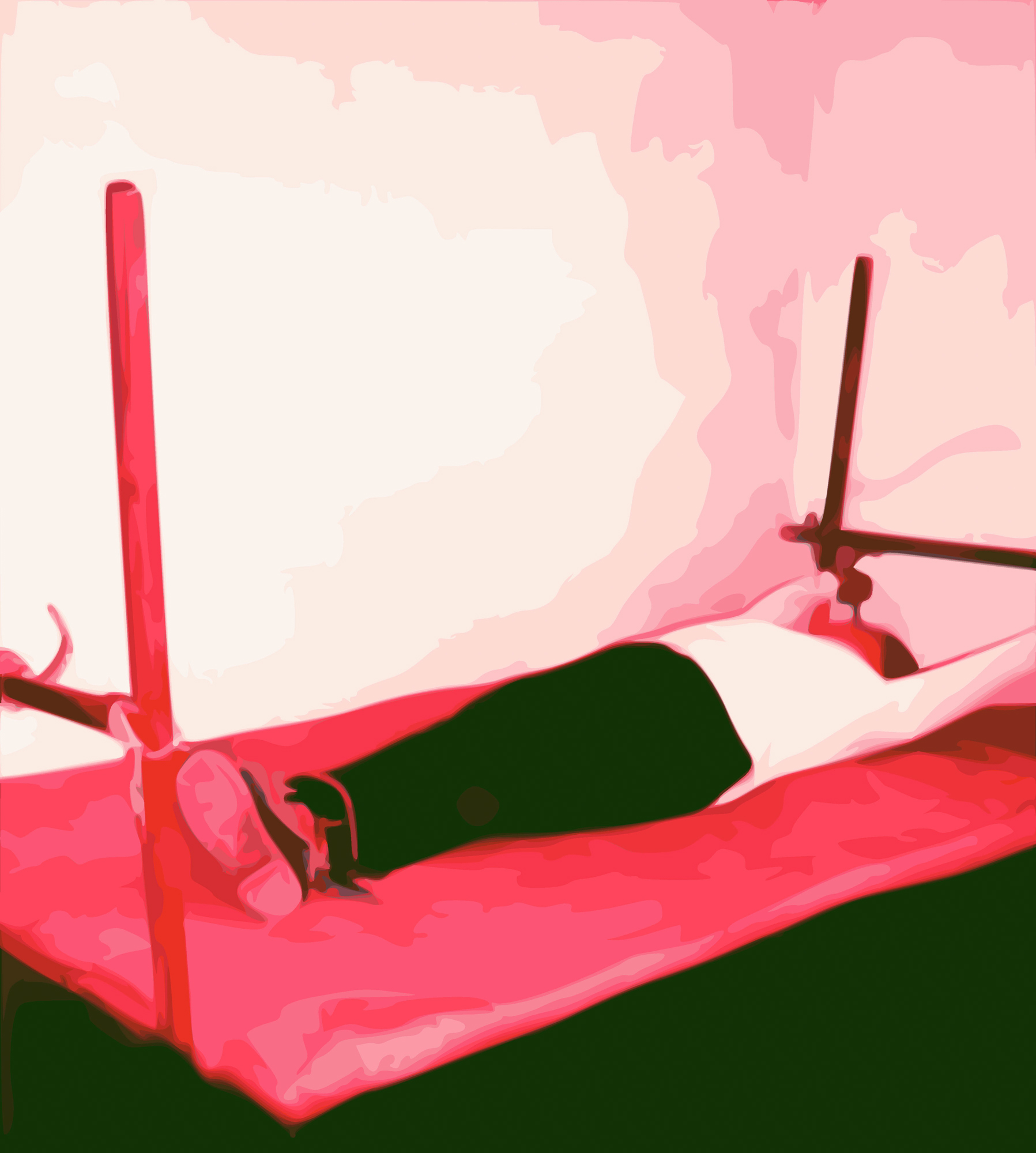
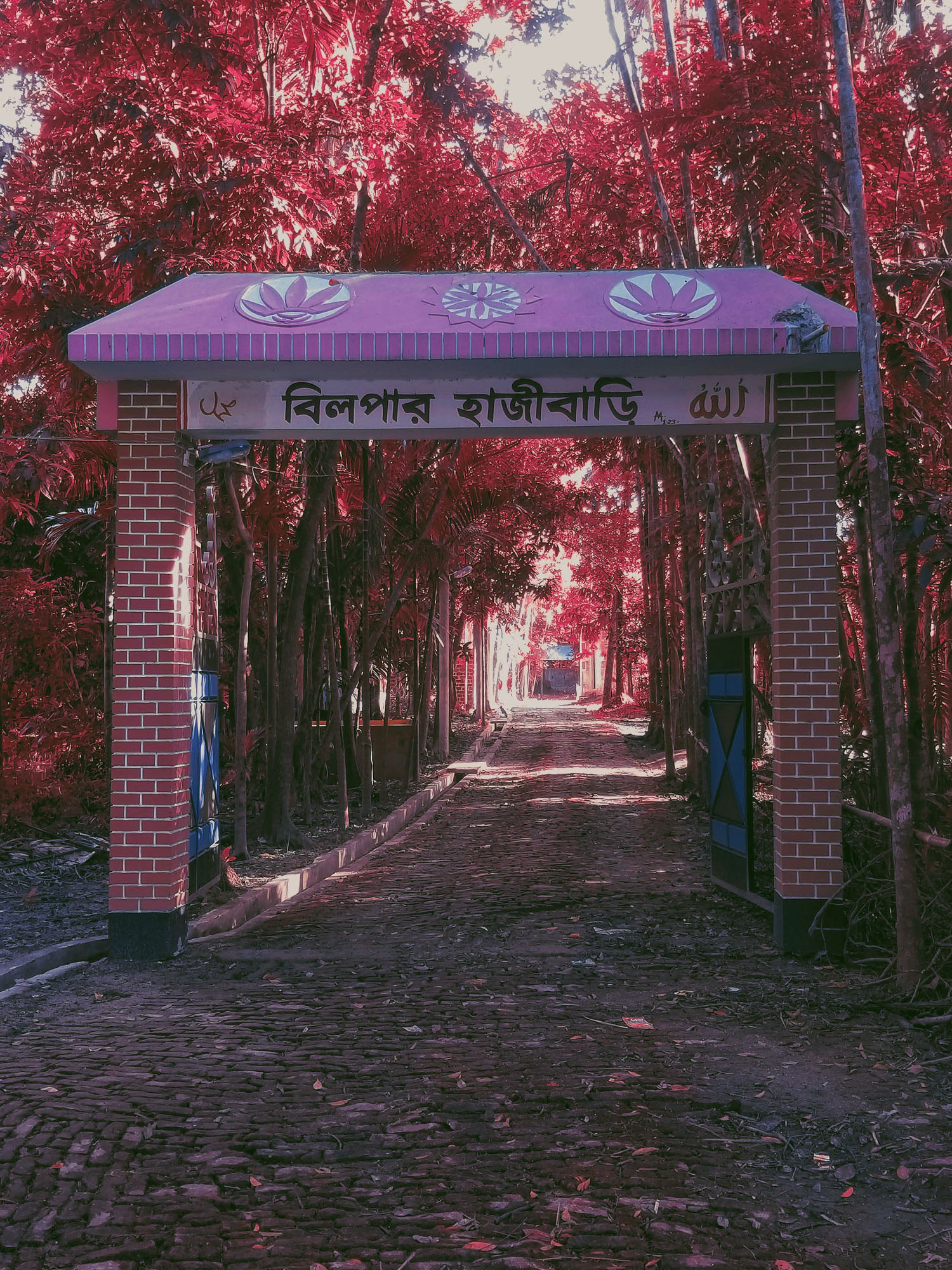


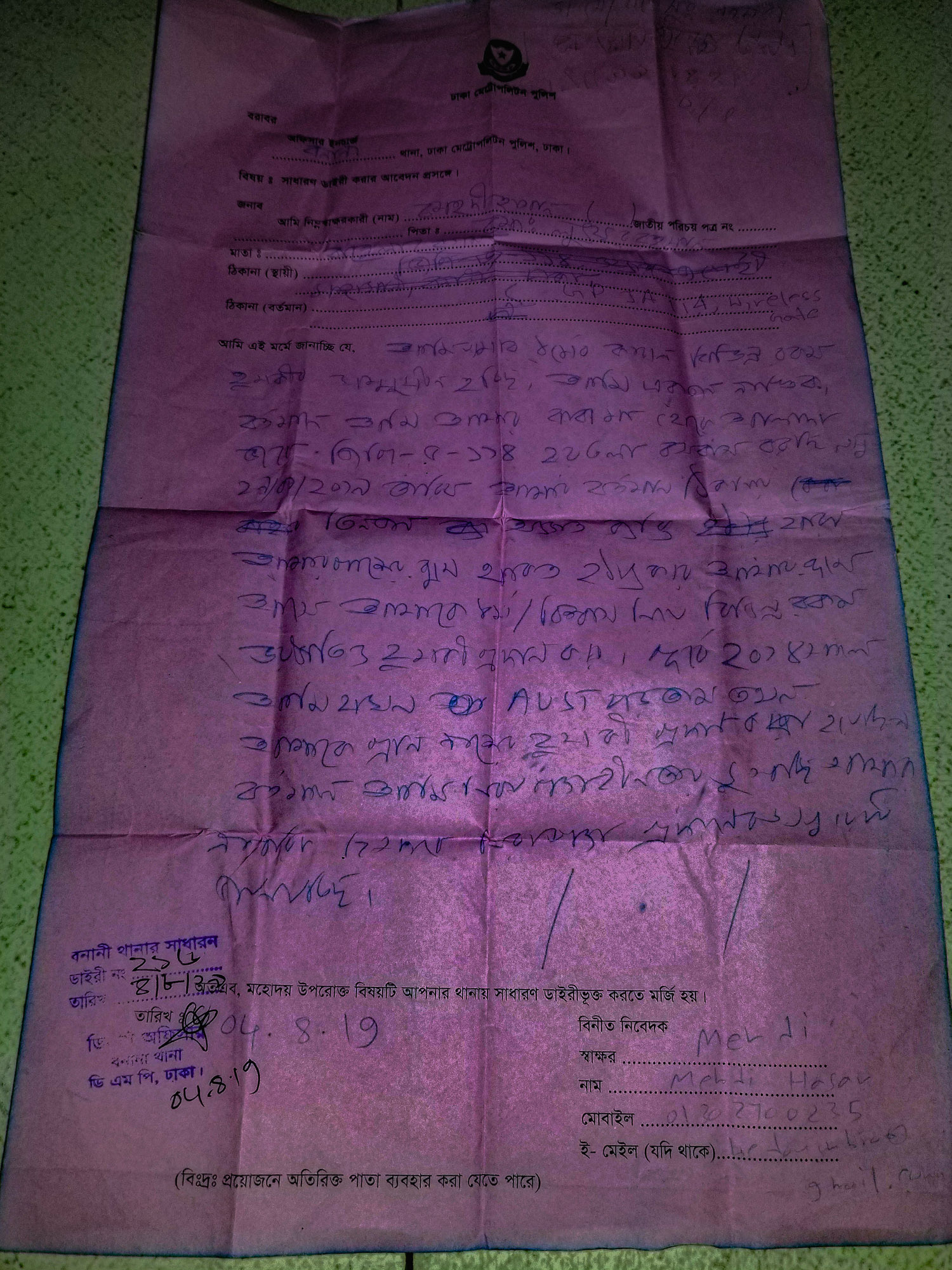
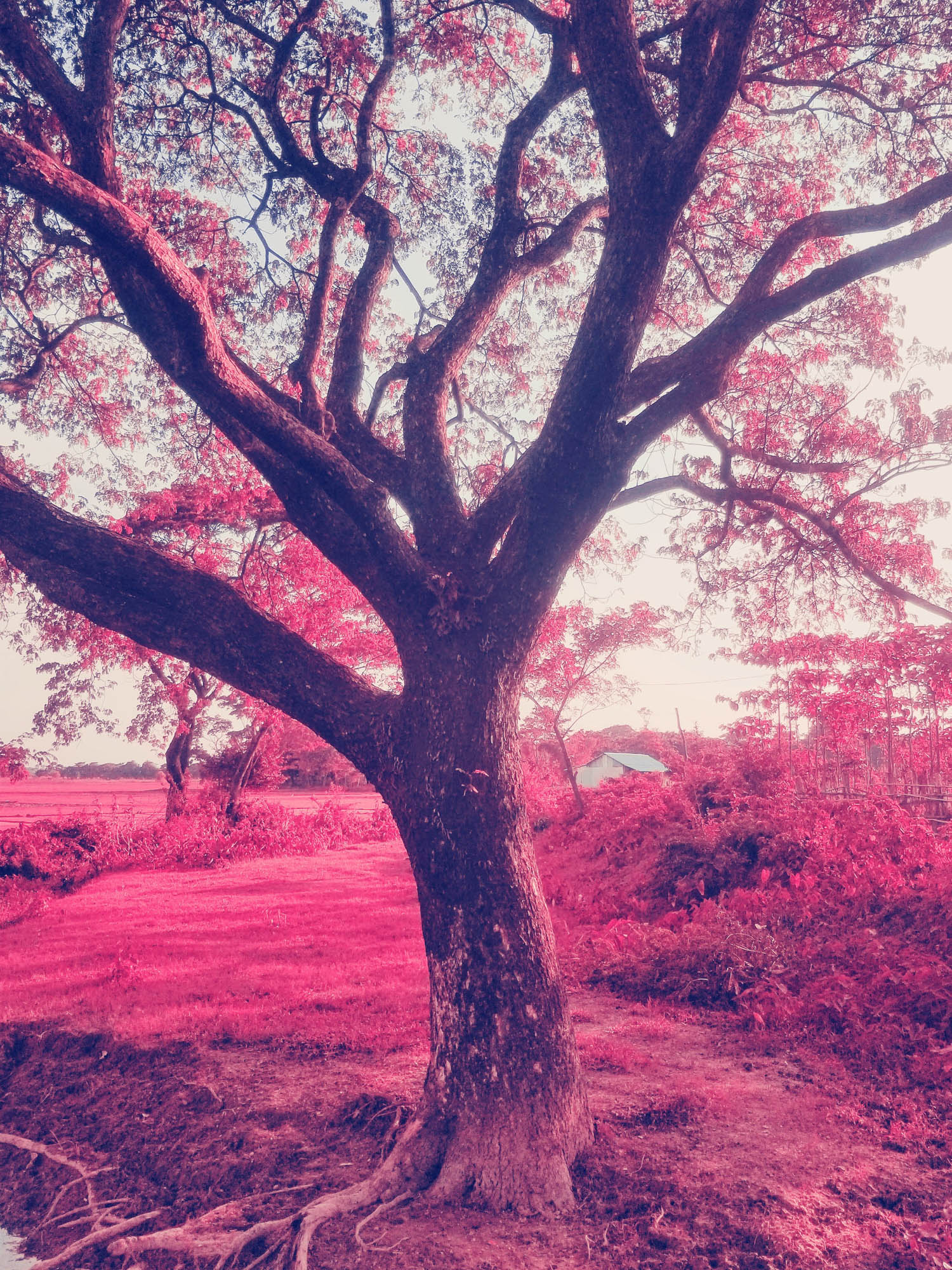
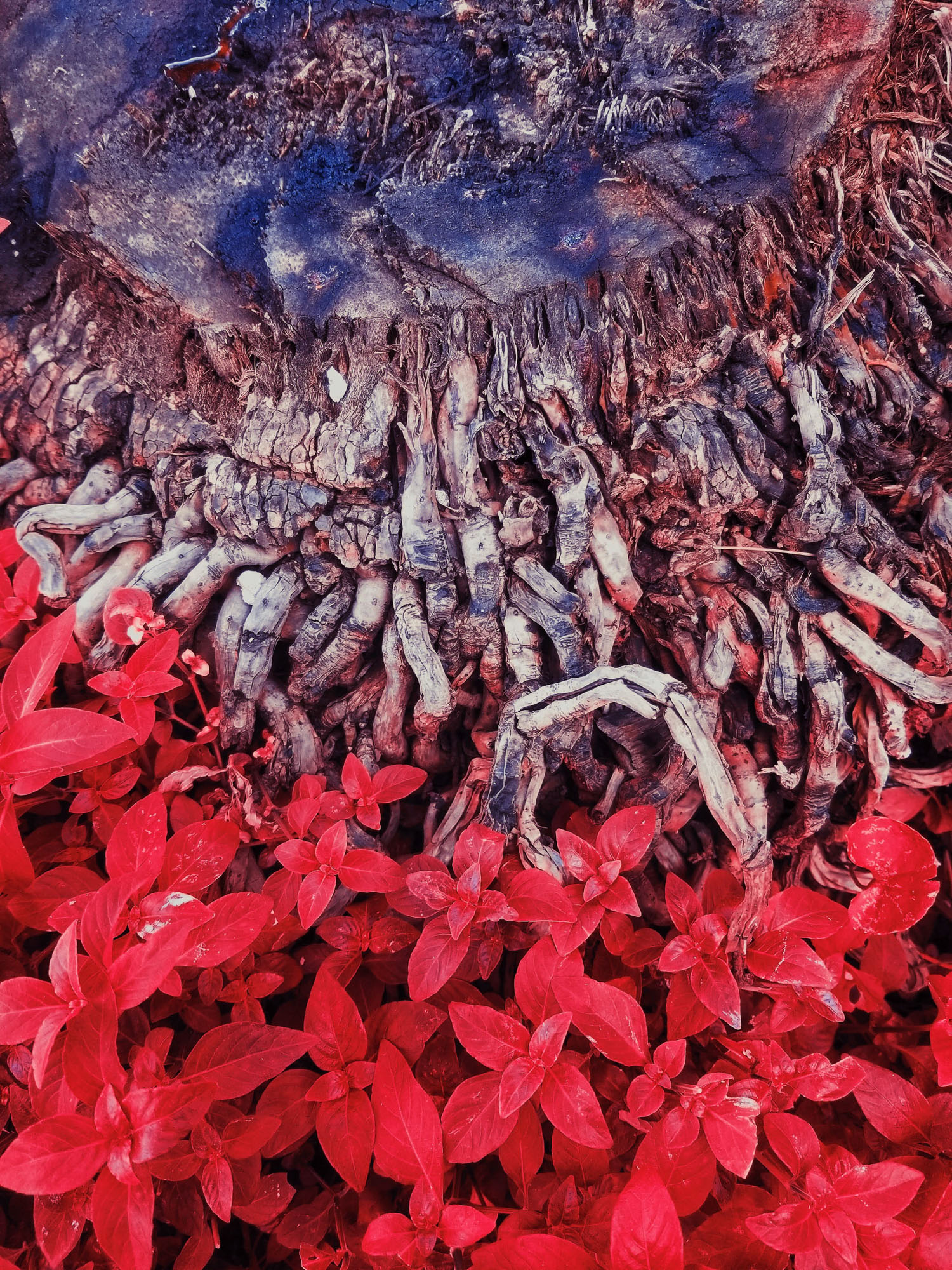

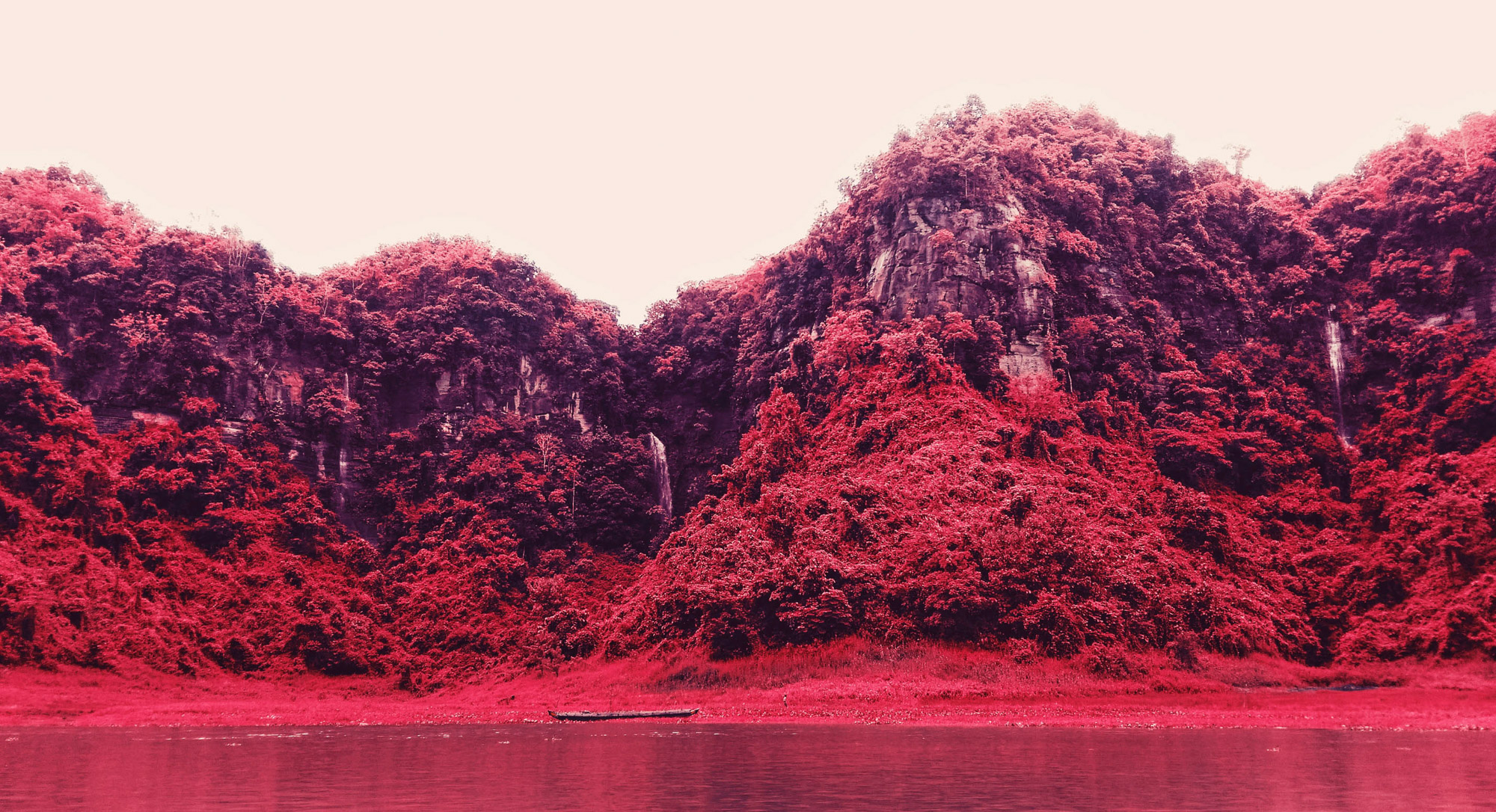

Questions&Answers with Mehdi Hasan
Photography is…
Photography is how I display the world, its people, places and various cultures. It’s the perfect medium to tell stories which can’t be told in words. There’s an immense joy I get when exploring unknown places, cultures and sharing those photographs. It’s also a way to educate others about the diverse world out there. Through photography, I try to deepen our comprehension of the world and those who inhabit it. There was a time when I identified as a Muslim. I grew up in a Muslim household. But as I become older, I started exploring different worldviews and cultures out there. Gradually, over the years, through personal and worldly experiences, I have become an atheist. Before and after becoming an atheist, my purpose of photography didn’t change. It always remained the same, but photographing people from different cultures only made me appreciate how diverse the world is and how people are living in it. Even though there exists discrimination everywhere, I myself have been subjugated to it many times. Photography is a means to express my love for diversity. To show the surrounding people, and the people that I don’t know, to tell them genuine stories of people who might differ from them, but it’s okay to be different and co-exist.
Photography and writing…
When I write a photography story or an essay, both have an interdependent relationship. Oftentimes, posting a photo with a written story makes it richer and gives a deeper context. In portraiture, the photo speaks for itself. It’s a portrait of someone or something. But it lacks the context, the story behind it. That’s why the writing is very important with any photo essay or story. In my experience, writing has its special place with photography side by side. I have written a lot of short poems, a bit of non-fiction, and flash fiction. From this experience, I can say that words and sentences make an entire world come alive. When combining these two elements, writing, and photography, I try to make a symbiotic relationship between them. So that each of the elements complements each other. This is most apparent with photo essays or photo projects. If only one aspect of the project gives one hundred percent, for example, the photographs but the writings are lackluster, then the project ultimately becomes dull. It’s vice versa for both of the elements.
Who left the biggest impression on you?
I wouldn’t say that only a single person left the biggest impression. Long before I started taking photographs, I used to watch national geographic and discovery channels. On those channels there were wild life commentary by Sir David Attenborough and the adventures of Bear Grylls in Man vs wild. Even though I haven’t taken up wild life photography or nature photography yet, those shows inspired me to explore uncommon grounds, to explore the unknown. Then I came to know the photographers from Facebook and Instagram. There I found the likes of Steve McCurry, Sebastião Salgado, Michael Yamashita and many more. From them I learned to appreciate the art of taking portraits, composition, story telling. Not to mention, a lot of Bangladeshi photographers have inspired me.
Is there anything else you like to share with the readers?
I hope that the intricate narratives I capture through my lens, depicting diverse cultures and lives, resonate deeply within you. Every photograph carries the essence of a moment frozen in time, a moment that carries emotions, stories, and connections that bridge the gaps between us. Through my work, I aim to foster understanding and empathy, encouraging us all to embrace the beauty of our differences and find common threads that unite us as human beings. Every story or photograph has the power to initiate change, stimulate discussions, and inspire curiosity and appreciation for our collective human experience in this fast-paced world.


